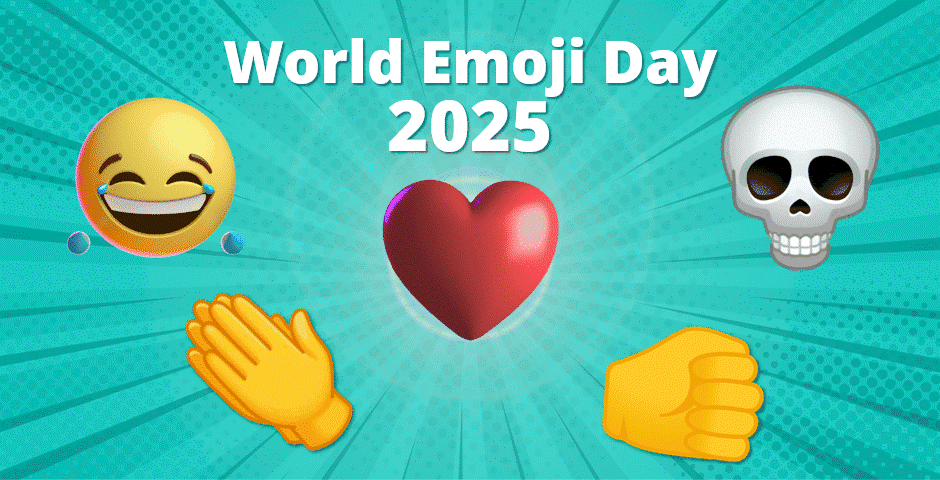Menu

Emojis, Generational Diversity and Digital Fluency in the Workplace
As World Emoji Day rolls around each July 17th, it’s a timely reminder that the way we communicate at work is always evolving … and becoming increasingly visual.
Emojis have grown from informal texting shorthand into a rich, digital language that transcends borders – we like to call this language ‘cybernese’. But while these colourful icons can bring warmth and clarity to messages, they can also cause confusion, particularly across different generations in the workplace.
So how can HR teams embrace emojis as tools for better communication while remaining mindful of generational nuances and digital fluency?
There’s no denying that emojis are now part of everyday communication at work. According to a Slack and Duolingo study, 58% of employees globally said that using emojis at work allows them to communicate more nuance with fewer words, and 54% believe that emoji use can speed up workplace communication.
For younger generations (especially Millennials and Gen Z) emojis are second nature. They use them to soften instructions, express appreciation, or inject humour. But for Gen X or Baby Boomers, emoji use can feel unfamiliar, unprofessional, or even ambiguous.
Take the humble ‘thumbs up’ emoji. While older workers view it as a positive and efficient response, younger employees may perceive it as passive-aggressive or dismissive. Similarly, the classic cry-laughing face – once the go-to for sharing a laugh – has been replaced by the skull emoji among Gen Z to signal ‘I’m dead from laughing’. For someone unfamiliar, that can be jarring.
Understanding emoji literacy isn’t just a trend, it’s part of digital fluency and an essential component of inclusive communication in today’s workplace.
Generational misunderstandings can quickly lead to frustration, misinterpretation, or even conflict, and so employers can play a key role in helping to bridge these gaps by:
- Providing soft-skills training around digital communication norms.
- Creating emoji style guides that outline tone, professionalism, and preferred use in platforms like Slack or Microsoft Teams.
- Encouraging respectful curiosity rather than judgement. This helps to foster a culture where employees feel comfortable asking what something means.
Used mindfully, emojis can actually increase engagement and psychological safety – especially in hybrid or remote settings. Reactions like a heart or clapping hands can easily be used to acknowledge contributions without derailing focus. And custom emojis can also reinforce company culture and inside jokes, helping to build a sense of belonging.
So, employers need to ensure that they are not shying away from the use of emojis in the workplace. Rather, they should be harnessing their full potential and making this accessible for all staff – not just the younger ones.
This means treating emojis as part of the evolving language of work, championing intergenerational understanding through open dialogue, and encouraging a balance of professionalism and personality when using digital channels.
If you would like to discuss how we can help bridge the generational gap in your organization, please get in touch with us today!



